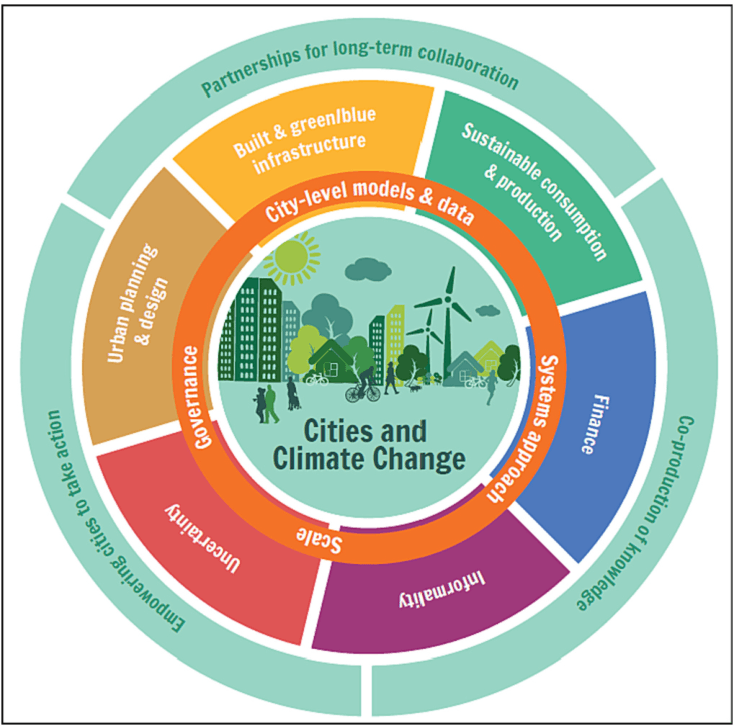
Urban Biodiversity for Climate Change mitigation and adaptation
Research on urban biodiversity for climate change mitigation and adaptation is grounded in the recognition that cities are both critical contributors to climate change and vulnerable to its impacts, while also offering unique opportunities for nature-based solutions. This field emphasizes the essential role of biodiversity—particularly in urban green and blue spaces—in enhancing the resilience of cities by regulating microclimates, reducing urban heat island effects, improving air and water quality, sequestering carbon, and managing stormwater. A key principle of this research isthe multifunctionality of urban ecosystems, which simultaneously provide ecological, social, and climatic benefits. Urban biodiversity contributes not only to environmental health but also to human well-being by supporting mental and physical health, recreational opportunities, and social cohesion. This research recognizes the importance of protecting, restoring, and designing biodiverse urban landscapes that are adaptable to future climate scenarios, integrating native species, ecological connectivity, and habitat heterogeneity into urban planning and infrastructure. Another core principle is equity—ensuring that access to biodiverse spaces and their benefits is inclusive and just, especially for marginalized and underserved communities who often face disproportionate exposure to environmental risks. The research also stresses the importance of participatory governance and co-creation, engaging local communities, planners, ecologists, and policymakers in the design and management of urban green infrastructure. Biodiversity is not only a passive component of urban adaptation strategies but an active agent of transformation, capable of reshaping how cities function and interact with the broader environment. Mapping and monitoring urban biodiversity using toolslike remote sensing, citizen science, and biodiversity indicators are essential for evaluating ecological performance and informing adaptive management. The field also draws from systems thinking, viewing cities as dynamic socio-ecological systems where feedback loops and trade-offs between land use, biodiversity, and climate responses must be carefully balanced. Ultimately, this research aims to reframe urbanization from a threat to biodiversity into an opportunity for regenerative design, where cities become hotspots of ecological innovation and climate action. By embedding biodiversity into climate strategies, urban areas can become more livable, sustainable, and resilient in the face of accelerating global change, making biodiversity not only a conservation goal but a central pillar of urban climate resilience.
Keywords
No keywords available